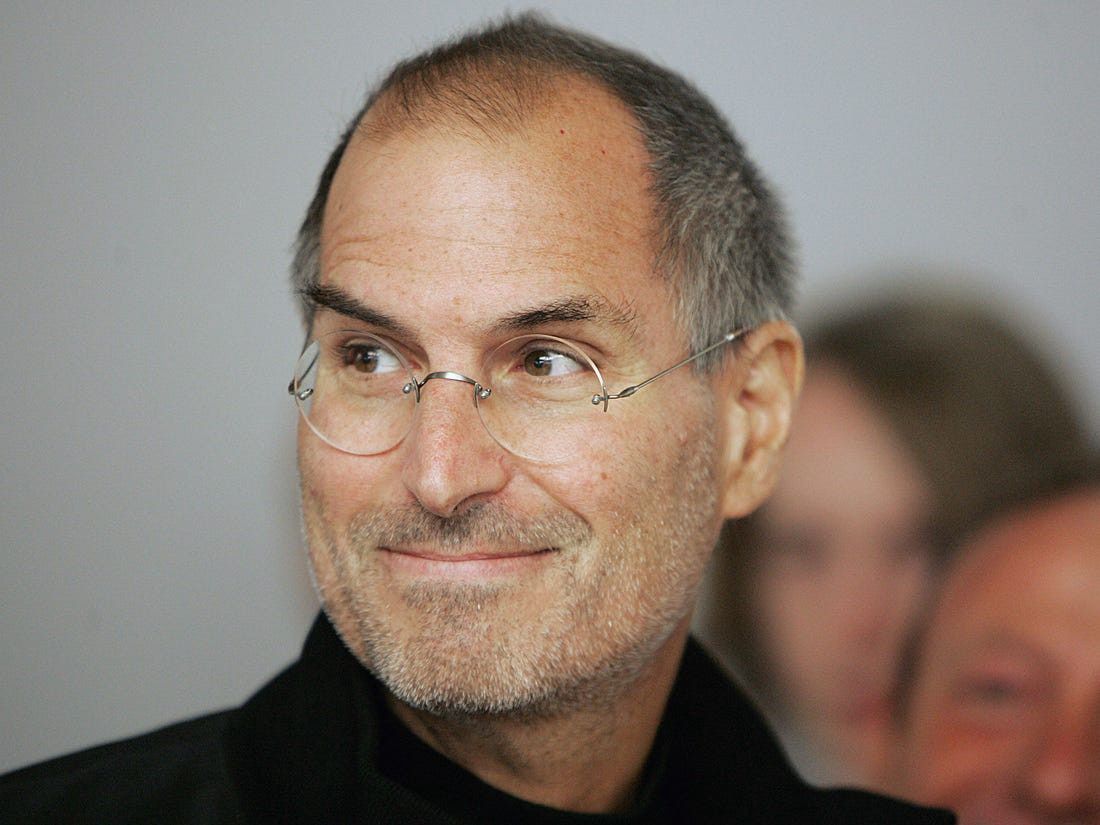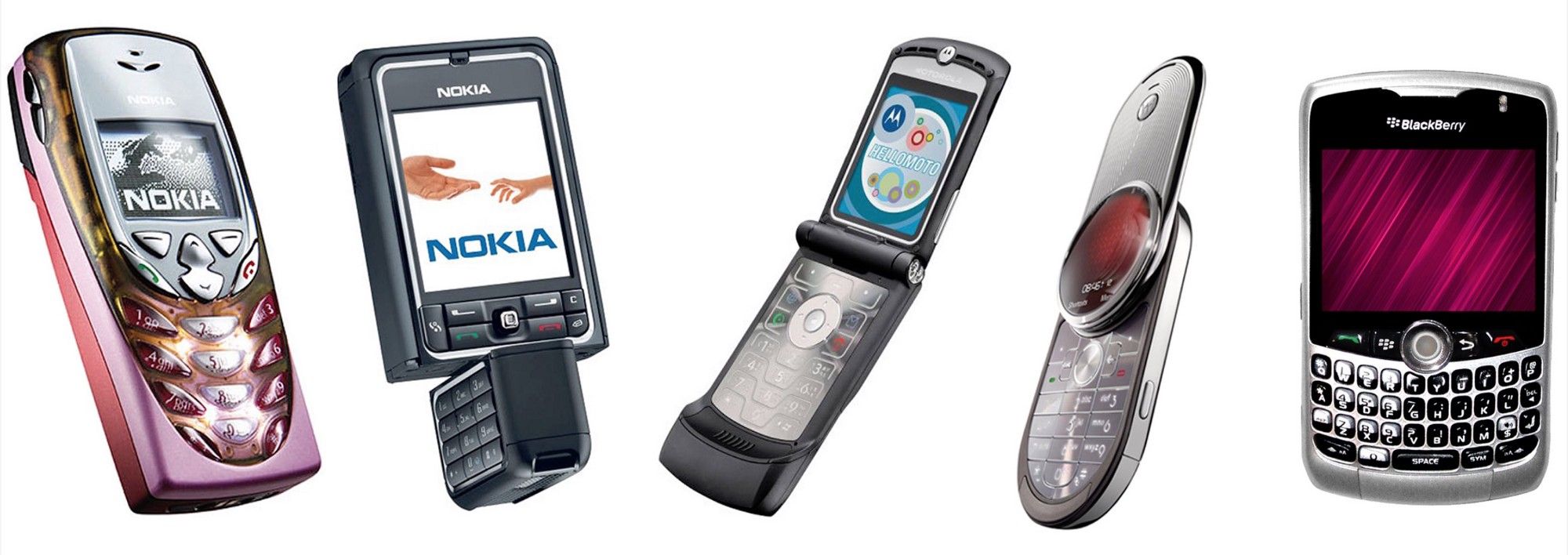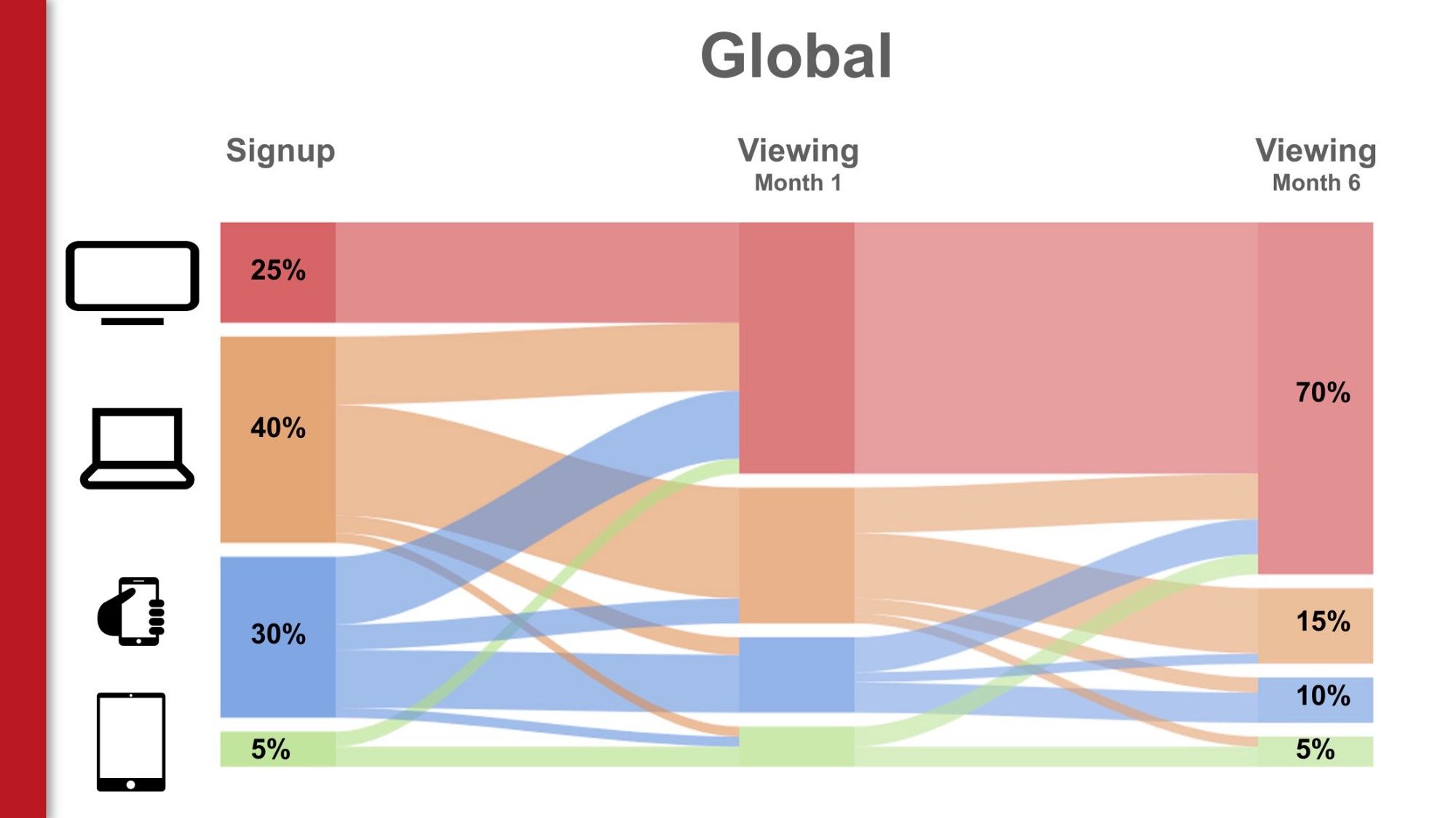What If Steve Jobs Made A TV?
His death killed a timeline where TVs didn’t suck

In 2011 Steve Jobs told his biographer he had cracked the TV.
“‘I’d like to create an integrated television set that is completely easy to use,’ he told me. ‘It would be seamlessly synced with all of your devices and with iCloud.’ No longer would users have to fiddle with complex remotes for DVD players and cable channels. ‘It will have the simplest user interface you could imagine. I finally cracked it.’” (Cult Of Mac)
By the end of 2011, Steve Jobs was dead. It never happened. Today streaming has boomed but across a hundred different non-standard devices. Nobody set design standards so there are none — you can stream content on a Smart TV, on a plug-in stick, on a PlayStation, on a computer, or through your cable provider. This is good from an anti-trust perspective but sucks as a user.
For example, I have assembled an ‘integrated television set’ that is completely impossible to use. It requires three remotes, countless cables and ongoing knowledge of multiple settings for everything to work together. It basically requires me, I can’t tell a guest to just turn on the TV.
You really have to wonder, what if Steve Jobs made a TV.
Steve Jobs Did Make A Phone

The streaming ecosystem today is the most similar to cell phones in the 2000s. I remember opening newspaper ads and marveling at the sheer variety of shapes and forms. It was like the Cambrian explosion — a huge variety of exoskeletons and operating systems that were ruthlessly culled when the iPhone emerged.
If I open a newspaper today all phones look the same — rectangular slabs with different quality components, but everyone expects exactly the same functionality. There is no phone with dedicated music controls, or phones with keyboards, or phones that look like video game controllers.
While the diversity of the early phone ecosystem was cool in a nostalgic sense, it was not cool. You had to relearn the operating system for every phone and there was no stable platform for apps. You just used whatever that particular phone came with. For example, I remember that you just had whatever games came with that particular phone.
The iPhone changed all that. Very quickly after the iPhone, touch became the default interface and a rectangular slab became the default design. Android followed quickly and imposed standards and restrictions on hardware manufacturers. The phone OS became standardized, stable and frankly boring. But this stable platform then gave rise to a boom in creative apps, where the creativity was more useful.
We no longer depended on a phone manufacturer to make a great mail app, or web browser, or game. In the case of Android, the phone manufacturer didn’t have to touch the OS at all. This enabled a Cambrian explosion of soft-celled creatures —it was the age of the app.
And this gave rise to the timeline we’re on, with billion-dollar apps and a lot of stuff you can do with your phone. All because Steve Jobs told us what a phone was.
Steve Jobs Did Not Make A TV
No one has told us what a smart TV is. So we have a hundred different ways of accessing streaming content.

On Netflix, people sign up from an Internet-native device, but 70% of viewing happens on TVs.
While these TVs are called ‘smart’ they are decidedly not. For the most part, you have to use a conventional TV remote, with a typing solution that is decidedly worse than the T9 keyboard on early mobile phones. Remember how we used to mash numbers to produce letters? That’s where ‘smart’ TVs are today.
The other fact is that smart TVs are still in the age of the manufacturer OS, which is a bad age. LG and Hisenses are not known for their design chops and worst of all, the designs are not-standard. There is still turmoil at the basic ‘where do buttons go’ level. No one has said what the new user interface will be, and how it will be different. Instead, we’re still jamming on a TV remote without that revolutionary leap into what a smart TV is, on its own terms.
There have, of course, been innovations like the Roku and Google Chromecast and Amazon Fire Stick. But those are all incremental changes, they still build on top of your existing ungainly TV. No one has revolutionized the whole thing and given users an integrated product that ‘just works’.
And Yet
And yet, streaming is doing just fine. Millions of people do seem able to find the remote, find the right HDMI channel, and somehow type in the first few letters of a show to find it. Netflix has created a product that works across a range of non-standard screens and interfaces, and now Disney and HBO and all are fast following.
TVs do not spark joy, but they seem to get the job done well enough.
But I just can’t help but wonder. What if Steve Jobs had made a TV? What if Apple sold three screens? A smartphone, a tablet, and a TV? Small, medium and large? What if using a TV was as easy as using a phone, what if there was an entirely new set of gestures and interactions?
At the same time, what if those design decisions were rapidly copied, creating a parallel ecosystem, like Android today?
I feel like Steve Jobs had one more thing to show us, and he never got a chance. He never told us what a smart TV was. I wonder if we’ll ever know.